Are you wondering when is the best time to visit New Zealand? David Hoffmann covers it from every angle below.
New Zealand, with its stunning landscapes, vibrant culture, and diverse climate, offers something unique for every traveller. However, the best time to visit this beautiful country depends largely on what you wish to experience.
Whether you’re after the thrill of winter sports, the serenity of blooming spring gardens, or the long days of summer, New Zealand has it all. In this article, we’ll explore the different seasons in New Zealand and their unique offerings, and we will help you determine the best time for your visit.
New Zealand’s seasons
New Zealand is located in the southern hemisphere, meaning its seasons are the opposite of those in the northern hemisphere. This means that when it’s winter in Europe or North America, it’s summer in New Zealand, and vice versa. The country experiences four distinct seasons:
- Summer (December to February)
- Autumn (March to May)
- Winter (June to August)
- Spring (September to November)
Each season offers different weather patterns, activities, and experiences, making New Zealand a year-round destination. If the cost for a trip to New Zealand is your main concern, consider off-peak seasons to travel. You not only save, but you also get to enjoy hidden gems away from touristy spots.
New Zealand summer: December to February
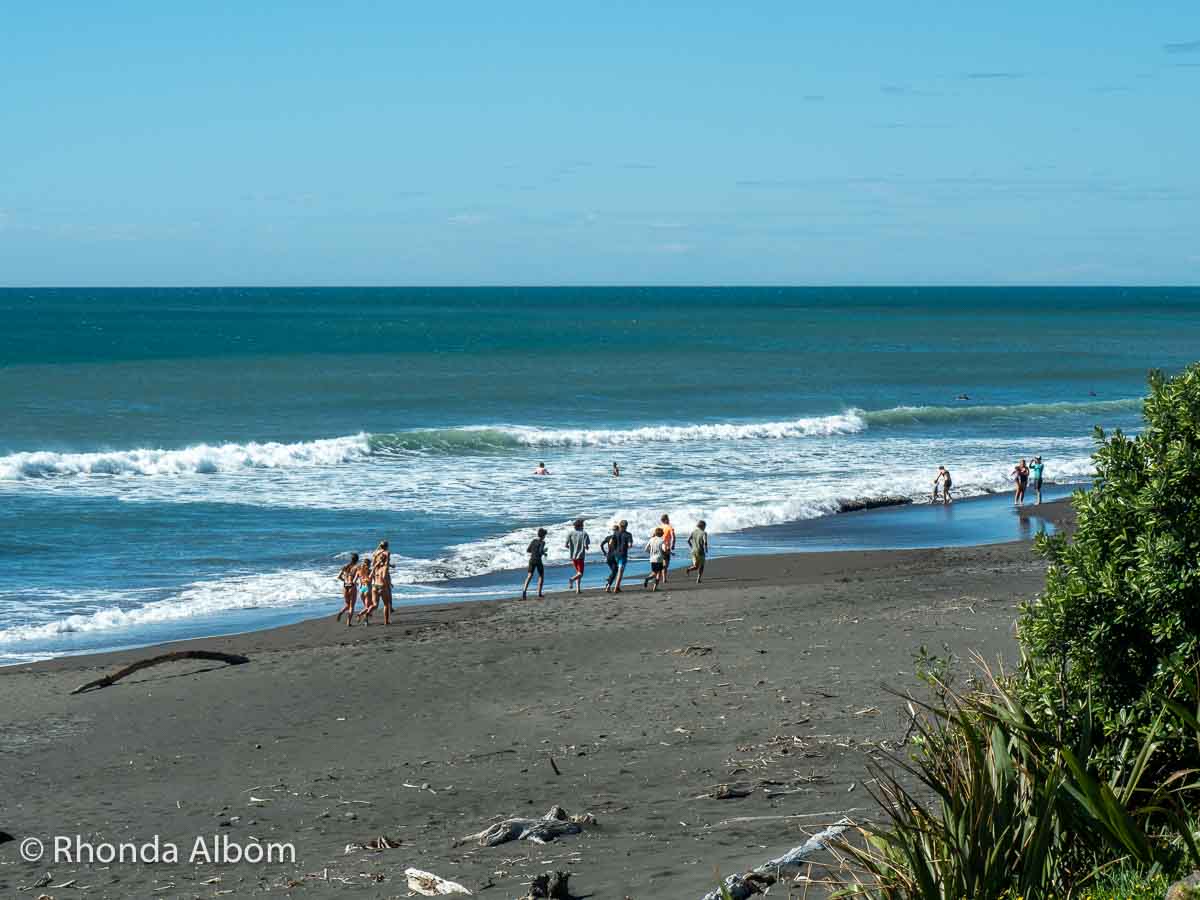
Highlights of visiting New Zealand in summer
- Summer in New Zealand brings warm temperatures, typically ranging between 20°C and 30°C (68°F to 86°F). The days are long, with the sun setting as late as 9:30 pm, giving you ample time to explore.
- This is the perfect time for beach lovers. New Zealand has some of the most beautiful beaches in the world, from the golden sands of the Bay of Islands to the rugged coastline of the West Coast. It’s also the ideal time for hiking, with popular trails like the Tongariro Alpine Crossing and the Milford Track offering spectacular views under clear skies.
- Summer is the festival season in New Zealand. Events like the New Year’s Eve celebrations, music festivals such as Rhythm and Vines, and various cultural festivals bring the country to life with music, food, and entertainment.
Drawbacks of visiting in summer
- Summer is the peak tourist season in New Zealand. Popular tourist spots can be crowded, and accommodation prices tend to be higher. Booking in advance is essential.
- Due to high demand, some activities and accommodations may be fully booked months in advance.
Autumn in New Zealand: March to May
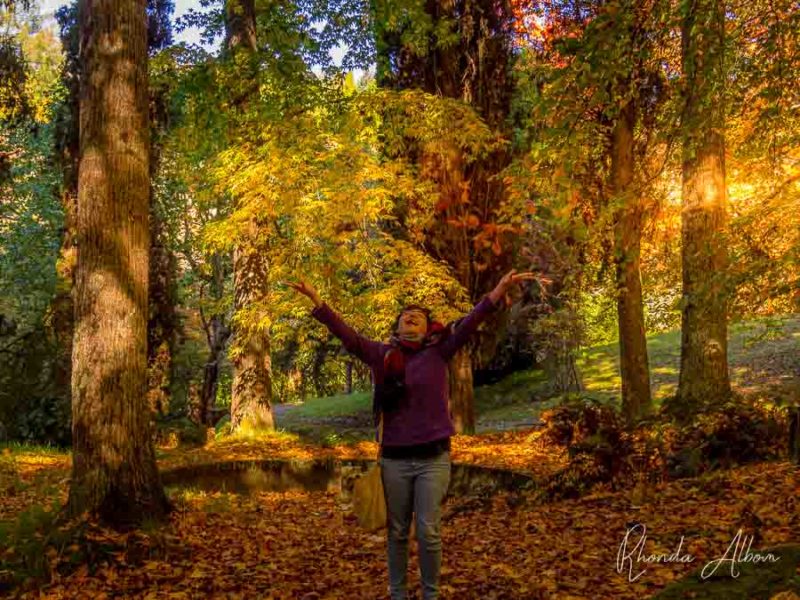
Highlights of visiting New Zealand in autumn
- As the weather cools, New Zealand’s landscapes transform into a canvas of red, orange, and yellow. Places like Arrowtown, Wanaka, and the Hawke’s Bay wine region are particularly picturesque during this time.
- Autumn weather in New Zealand is generally mild, with temperatures ranging from 10°C to 20°C (50°F to 68°F). This makes it an excellent time for outdoor activities without the intensity of summer heat.
- Autumn is also the harvest season in New Zealand’s wine regions, making it a perfect time to visit vineyards and enjoy wine tasting events.
Drawbacks of visiting in autumn
- While autumn generally brings stable weather, it can be unpredictable, especially in April and May. You might experience sudden showers or cool temperatures, so packing layers is wise.
- As autumn progresses, the days become shorter, limiting the time available for outdoor activities.
Winter in New Zealand: June to August
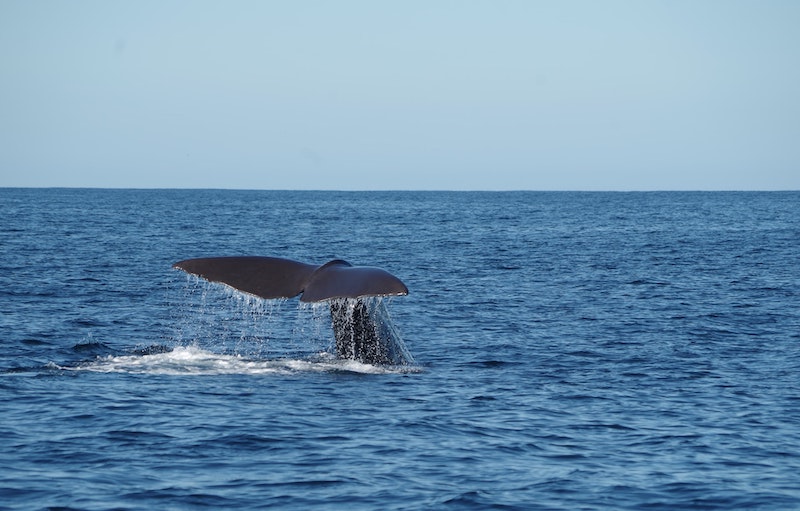
Highlights of visiting in winter
- Winter is the best time for skiing and snowboarding in New Zealand. The country’s South Island is home to world-class ski resorts like Queenstown, Wanaka, and Mt. Hutt. Whether you’re a seasoned pro or a beginner, the slopes offer something for everyone.
- Winter is the off-peak season, meaning fewer tourists at popular attractions. This is a great time to explore places like Fiordland National Park or the geothermal wonders of Rotorua without the crowds.
- Winter is also the best time for whale watching in Kaikoura. You have a higher chance of spotting the majestic humpback whales as they migrate through New Zealand’s waters.
Drawbacks of visiting in winter
- Temperatures can drop significantly in winter, especially on the South Island, where it can fall below freezing. If you’re not a fan of the cold, this might not be the best time to visit New Zealand for you.
- The days are shortest in winter, with the sun setting as early as 5:00 pm in some regions. This can limit outdoor activities and exploration.
Spring in New Zealand: September to November
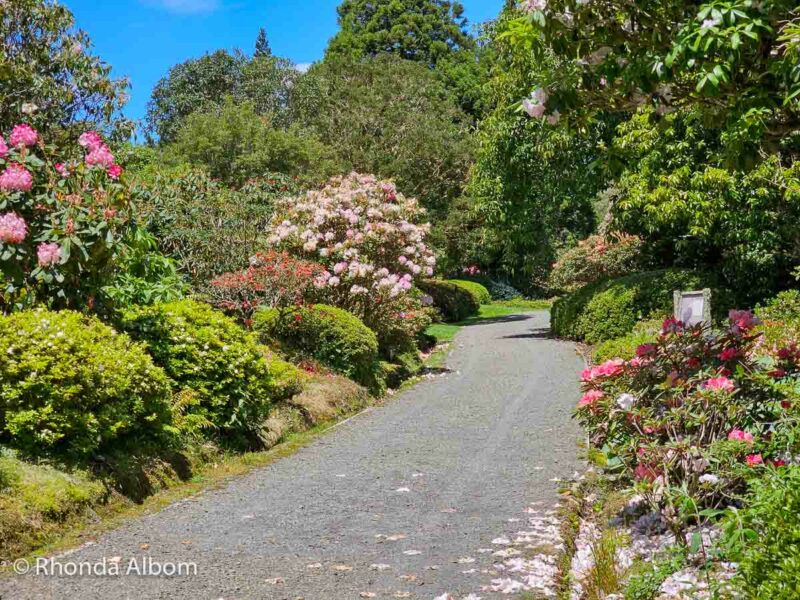
Highlights of visiting in spring
- Spring is a time of renewal in New Zealand, with gardens and parks bursting into colour. The Taranaki Garden Festival and the Alexandra Blossom Festival are just a couple of the many events celebrating the season’s blooms.
- It offers mild temperatures, generally ranging from 10°C to 20°C (50°F to 68°F), making it comfortable for exploring. Additionally, as spring is shoulder season, you’ll encounter fewer tourists, allowing for a more relaxed experience.
- Spring is also the time when many animals give birth. Visiting wildlife reserves or national parks during this time might allow you to see adorable baby animals, such as lambs and seal pups.
Drawbacks of visiting in spring
- Spring weather can be changeable, with occasional rain showers and cool winds. It’s essential to be prepared for a mix of sunshine and rain.
- As the snow melts, some hiking trails, especially in the mountains, can become muddy or even closed due to unsafe conditions.
Choosing when to visit by activity
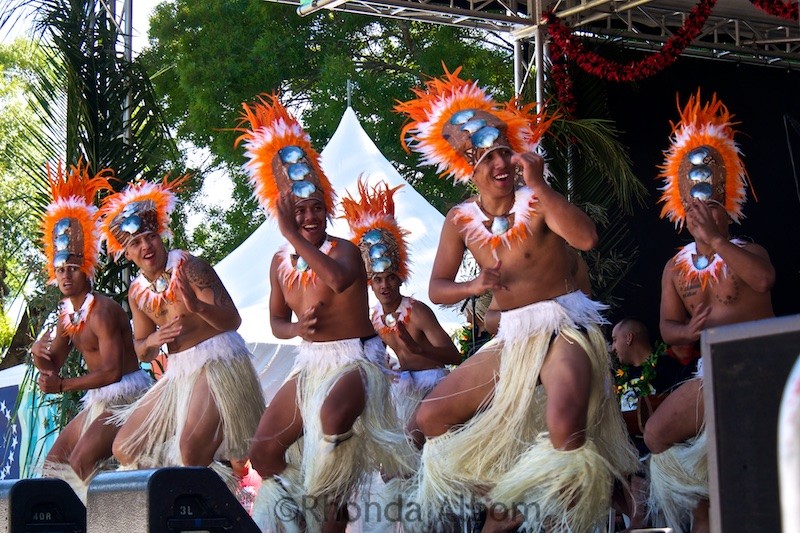
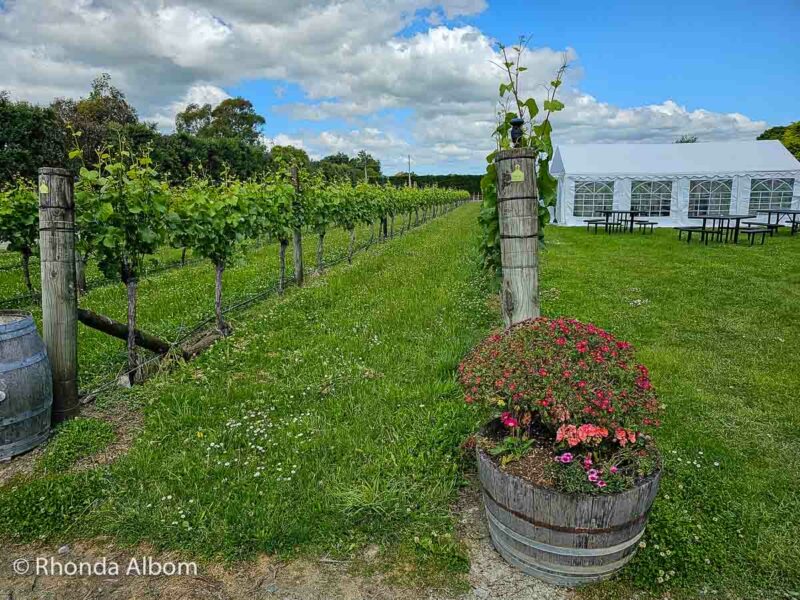
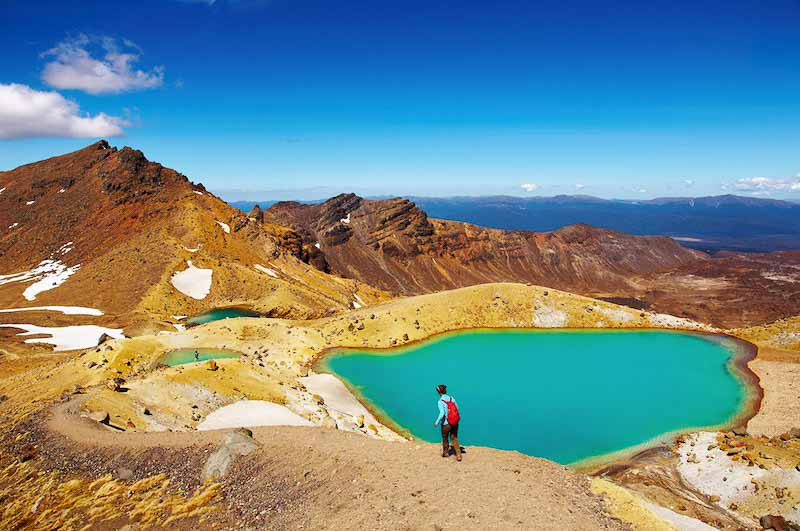
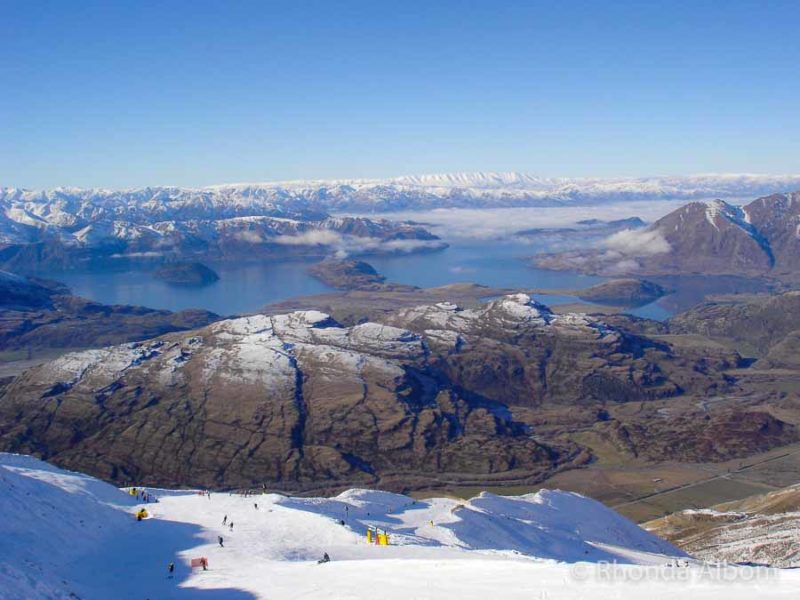
Hiking and outdoor adventures
The best time for hiking in New Zealand largely depends on the trail. For high-altitude trails, such as the Milford Track or the Tongariro Alpine Crossing, summer, and early autumn are ideal, offering stable weather and clear paths.
Lower altitude trails can be enjoyed in spring and autumn, but always check weather forecasts and trail conditions beforehand.
Skiing and snowboarding
Winter is the obvious choice for skiing and snowboarding, with the season running from June to early October.
Queenstown, Wanaka, Methven, and Mt Ruapehu are top destinations, offering a range of slopes for different skill levels.
Wine tours and culinary experiences
Autumn is harvest season in New Zealand’s wine regions, making it the perfect time for wine tours and tastings.
The mild weather also enhances the experience of dining outdoors in the country’s many vineyards and restaurants.
Cultural festivals
If you’re interested in cultural festivals, summer is the best time to visit. During this time, New Zealand hosts numerous events celebrating its diverse culture, including Maori heritage, food, music, and art.
Wildlife watching
For wildlife enthusiasts, spring and winter offer unique opportunities.
Spring brings the chance to see newborn animals in their natural habitats, while winter is the prime time for whale watching in Kaikoura, Akaroa, and a few other spots.
Don’t have time to do it all? Choose by region
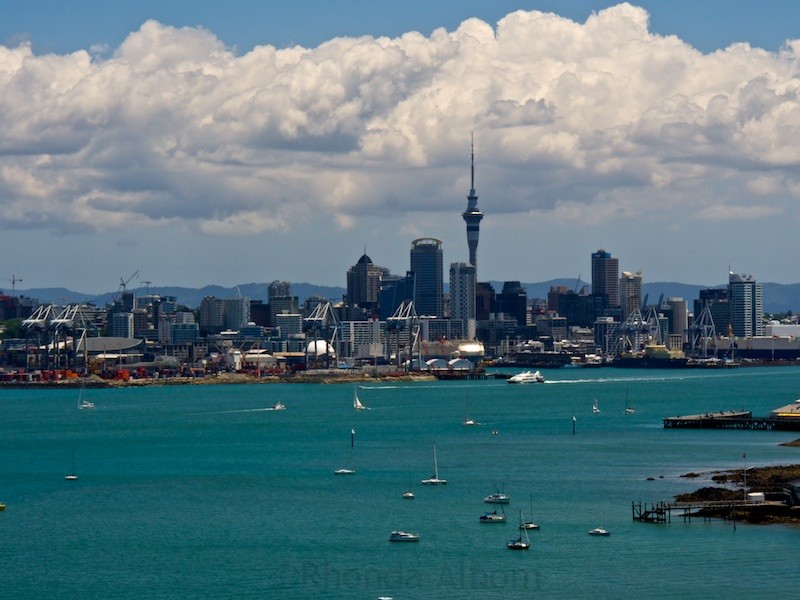
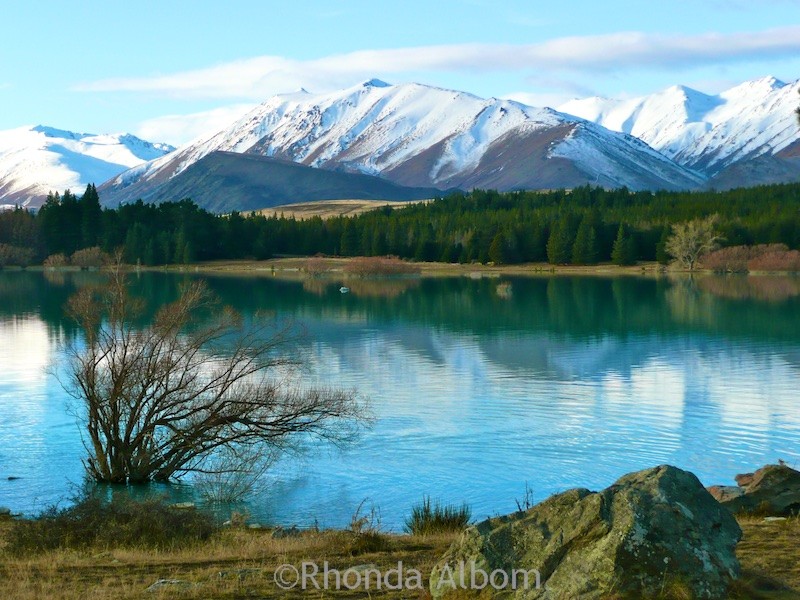
North Island vs. South Island
- North Island
Compared to the South Island, the North Island generally experiences milder winters and warmer summers. It’s an excellent year-round destination, with its geothermal areas, Maori cultural experiences, and vibrant cities like Auckland and Wellington. - South Island
The South Island is known for its dramatic landscapes, from the Southern Alps to the fiords of Fiordland. While it can be colder, especially in winter, it offers some of the most breathtaking scenery and outdoor adventures in the country.
Coastal areas vs. inland regions
- Coastal areas
Coastal regions, such as the Bay of Islands or the Coromandel Peninsula, are best visited in the warmer months of summer and early autumn when the weather is perfect for beach activities and water sports. - Inland regions
Inland areas, particularly those in the South Island, like Queenstown and Wanaka, are prime destinations for winter sports enthusiasts. In contrast, the summer months provide the best conditions for hiking and exploring the mountains and lakes.
Final thoughts on determining when is the best time to visit New Zealand
The best time to visit New Zealand ultimately depends on your interests and the experiences you seek. Whether you’re looking to bask in the summer sun, hike through autumn foliage, hit the winter slopes, or witness the spring bloom, New Zealand offers something special in every season.
Summer is the prime time for adventure seekers and festival-goers to visit, offering endless opportunities for outdoor activities and cultural immersion. If you prefer a quieter experience with stunning natural beauty, autumn or spring might be more to your liking, providing picturesque landscapes and fewer tourists. For those who love winter sports and cozy mountain retreats, winter is the ideal season to explore New Zealand’s alpine regions.
Whatever time of year you choose to visit, New Zealand promises an unforgettable experience filled with breathtaking scenery, rich cultural heritage, and warm hospitality.
For more on New Zealand, start here:
Which is the best time to visit New Zealand for you?
About the author

David Hoffmann is an entrepreneur and travel host from South Miami, Florida. He founded David’s Been Here in 2008, sharing his passion for travel through over 2,000 episodes that explore the culture, history, and cuisine of destinations worldwide.
Photo Credits:
All photos on this page are either shot by our team and watermarked as such or stock images from Depositphotos.

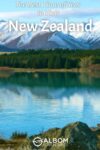
L. Diane Wolfe
Wine tasting! I’d love to come in the fall.
Alex+J.+Cavanaugh
I would like the festivals, but it sounds like hitting it at the end of autumn-beginning of winter would be the best bet. Days aren’t as super short yet, it’s cooler, and less people. (I am not a beach person – give me mountains every time.)